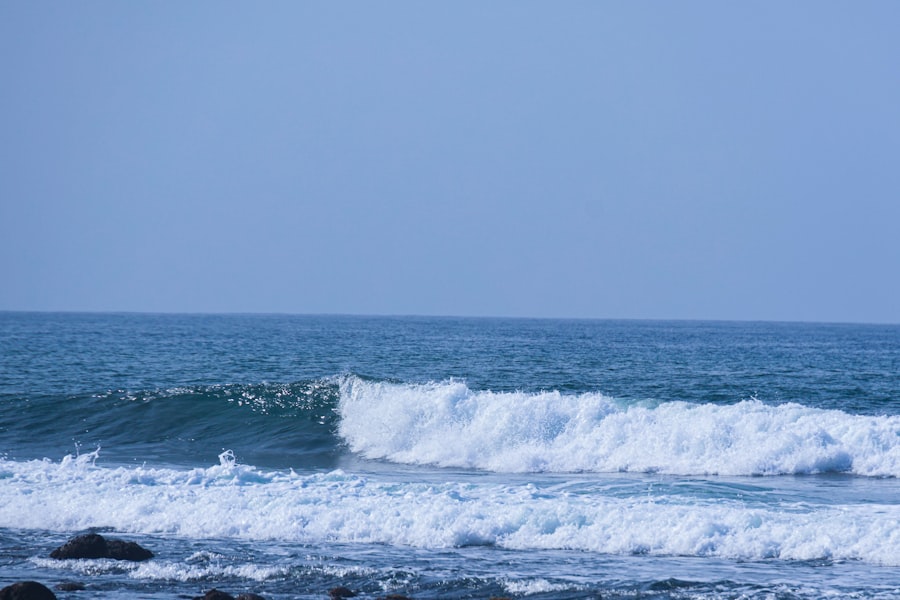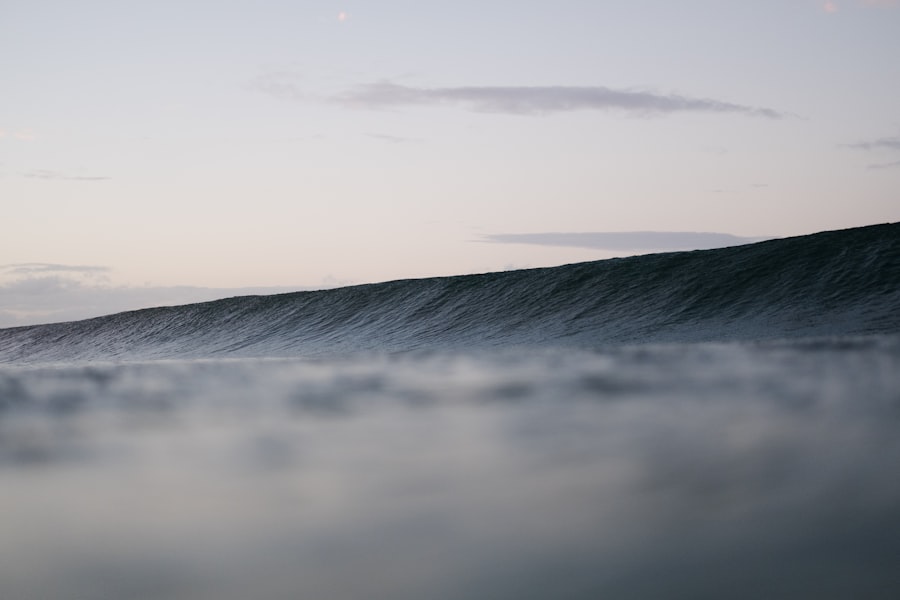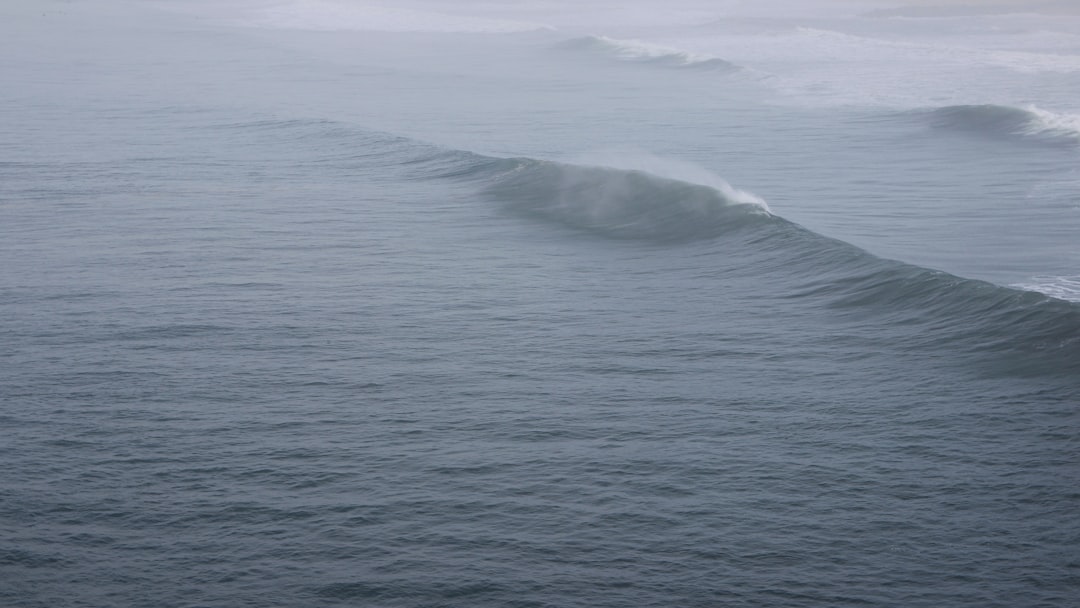The Drake Passage, a body of water that separates South America from Antarctica, is renowned for its tumultuous seas and unpredictable weather. Stretching approximately 600 miles, this passage is often considered one of the most challenging maritime routes in the world. The waters are characterized by strong currents and high winds, which can create formidable waves that reach heights of up to 30 feet.
This unique geographical feature plays a crucial role in the global climate system, as it facilitates the mixing of warm and cold ocean currents, influencing weather patterns far beyond its immediate vicinity. The passage is not only significant for its physical characteristics but also for its ecological importance. It serves as a vital corridor for marine life, including various species of whales, seals, and seabirds.
The nutrient-rich waters support a diverse ecosystem, making it a prime location for wildlife enthusiasts and researchers alike. Understanding the Drake Passage is essential for anyone planning to traverse these waters, as it sets the stage for the adventure that lies ahead.
Key Takeaways
- The Drake Passage is a narrow stretch of water between South America’s Cape Horn and the South Shetland Islands of Antarctica, known for its rough seas and unpredictable weather.
- When preparing for a journey through the Drake Passage, it’s important to pack warm, waterproof clothing and seasickness medication, and to secure all loose items on the ship.
- Safety measures on the ship include regular safety drills, the presence of experienced crew members, and the availability of life jackets and lifeboats for all passengers.
- Tips for dealing with rough seas include staying hydrated, getting plenty of rest, and avoiding alcohol and heavy meals.
- Wildlife spotting opportunities in the Drake Passage include the chance to see various species of whales, dolphins, and seabirds, as well as the possibility of witnessing icebergs and glaciers.
Preparing for the Journey
Preparation for a journey across the Drake Passage requires careful planning and consideration. Travelers must first choose the right time of year to embark on their expedition, with the austral summer months of November to March being the most favorable. During this period, the weather is generally milder, and wildlife activity is at its peak.
However, even during these months, conditions can change rapidly, so it is crucial for travelers to remain flexible and adaptable. Packing appropriately is another vital aspect of preparation. Layered clothing is essential due to the variable temperatures experienced in the region.
Waterproof outer layers, thermal undergarments, and sturdy footwear are recommended to ensure comfort and protection against the elements. Additionally, travelers should consider bringing seasickness medication, binoculars for wildlife viewing, and a good camera to capture the breathtaking landscapes and unique wildlife they may encounter along the way.
Safety Measures on the Ship

Safety aboard a vessel navigating the Drake Passage is of paramount importance. Modern ships are equipped with advanced technology and safety features designed to withstand the harsh conditions of these waters. Crew members undergo rigorous training to handle emergencies and ensure passenger safety.
Before departure, travelers receive comprehensive safety briefings that cover essential protocols, including life jacket usage and evacuation procedures. In addition to crew training and safety equipment, ships often employ stabilizers to minimize the effects of rough seas. These devices help to reduce rolling and pitching, providing a more comfortable experience for passengers.
Regular safety drills are conducted throughout the journey to familiarize everyone with emergency procedures, ensuring that all passengers feel secure as they navigate this challenging passage.
Tips for Dealing with Rough Seas
| Tip | Description |
|---|---|
| Check the weather forecast | Before heading out, make sure to check the weather forecast to be prepared for rough seas. |
| Secure loose items | Make sure all loose items on the boat are secured to prevent them from causing damage or injury. |
| Stay low and centered | When on the boat, stay low and centered to maintain balance and reduce the risk of falling. |
| Use a sea sickness remedy | If prone to sea sickness, consider using a remedy to alleviate symptoms while on rough seas. |
| Communicate with the crew | Keep open communication with the crew to stay informed and follow their instructions for safety. |
Travelers crossing the Drake Passage should be prepared for the possibility of rough seas. While some may find the experience exhilarating, others may struggle with seasickness. To mitigate discomfort, it is advisable to stay hydrated and eat light meals before and during the journey.
Ginger tea or ginger candies can also be effective remedies for nausea. Finding a stable spot on the ship, such as near the center where motion is less pronounced, can help alleviate feelings of seasickness. Engaging in activities that distract from the motion of the ship can also be beneficial.
Reading a book, watching a movie, or participating in onboard lectures can help pass the time and keep minds occupied. Additionally, spending time on deck when conditions allow can provide fresh air and a change of scenery, which may help ease discomfort. Ultimately, being mentally prepared for potential rough seas can make a significant difference in how travelers experience their journey across the Drake Passage.
Wildlife Spotting Opportunities
One of the most exciting aspects of traveling through the Drake Passage is the opportunity to observe an array of wildlife in their natural habitat. The nutrient-rich waters attract various marine species, including dolphins, seals, and several types of whales such as humpbacks and orcas. Birdwatchers will also delight in spotting seabirds like albatrosses and petrels soaring above the waves.
Many ships offer guided wildlife spotting excursions led by knowledgeable naturalists who can provide insights into the behaviors and characteristics of these fascinating creatures. The thrill of encountering wildlife is heightened by the unpredictability of nature; sightings can occur at any moment. Travelers are encouraged to keep their cameras ready and remain vigilant while on deck.
The excitement of witnessing a whale breach or a seal basking on an iceberg adds an unforgettable dimension to the journey through this remarkable passage.
Entertainment and Activities on the Ship

To enhance the experience of crossing the Drake Passage, many vessels offer a variety of entertainment options and activities designed to engage passengers during their journey. Onboard lectures led by experts in marine biology, geology, and history provide valuable insights into the unique environment travelers are traversing. These educational sessions not only enrich passengers’ understanding but also foster a sense of connection to the region.
In addition to educational programs, ships often feature recreational activities such as yoga classes, movie nights, and themed dinners that celebrate local cuisine. Socializing with fellow travelers can also be a highlight of the journey; shared experiences often lead to lasting friendships among those who embark on this adventure together. With a range of options available, passengers can find ways to relax and enjoy their time at sea while eagerly anticipating their arrival in Antarctica.
Navigational Challenges
Navigating through the Drake Passage presents unique challenges for even the most experienced mariners. The unpredictable weather patterns can change rapidly, creating conditions that require constant vigilance from the crew. Strong currents and shifting winds can affect a ship’s course, necessitating adjustments to ensure safe passage.
Advanced navigational technology plays a crucial role in helping captains make informed decisions about routing and speed. Moreover, icebergs pose an additional navigational hazard in these waters. As ships approach Antarctica, they must be prepared to encounter floating ice masses that can vary significantly in size and shape.
The crew’s expertise in ice navigation is essential for safely maneuvering through these icy waters while minimizing risks to both passengers and vessel integrity.
Historical Significance of the Drake Passage
The Drake Passage holds significant historical importance as it has been traversed by explorers and adventurers for centuries. Early navigators faced immense challenges as they sought to chart these treacherous waters, often risking their lives in pursuit of discovery. The passage was named after Sir Francis Drake, an English sea captain who became one of the first Europeans to navigate these waters in the late 16th century.
Throughout history, the Drake Passage has served as a gateway to Antarctica for scientific research and exploration. It has played a pivotal role in advancing our understanding of polar ecosystems and climate change. Today, it continues to attract researchers and adventurers alike who seek to uncover its mysteries while contributing to our knowledge of this remote region.
Weather Conditions in the Drake Passage
The weather conditions in the Drake Passage are notoriously unpredictable, making it essential for travelers to stay informed about forecasts before and during their journey. Winds can reach gale force levels, creating rough seas that can challenge even seasoned sailors. Temperature fluctuations are common; while summer months may bring milder conditions, sudden storms can still arise without warning.
Understanding that conditions can change rapidly helps set realistic expectations for what lies ahead. By remaining adaptable and open-minded about potential weather challenges, travelers can fully embrace their adventure across this remarkable passage.
Emergency Protocols
In any maritime journey, having well-defined emergency protocols is crucial for ensuring passenger safety. Ships traversing the Drake Passage are equipped with comprehensive emergency plans that outline procedures for various scenarios such as medical emergencies or severe weather events. Crew members are trained extensively in these protocols to ensure swift action when necessary.
Passengers are briefed on emergency procedures upon boarding, including how to use life jackets and where to assemble in case of an evacuation. Familiarizing oneself with these protocols not only enhances safety but also instills confidence among travelers as they navigate through potentially challenging waters.
Arrival at Antarctica
As travelers approach Antarctica after crossing the Drake Passage, excitement builds as they catch their first glimpses of this pristine continent. The sight of towering icebergs and snow-capped mountains signals that they are entering one of Earth’s last great frontiers. The transition from turbulent seas to serene landscapes marks a profound moment in their journey—a culmination of preparation and anticipation.
Upon arrival, travelers are often greeted by breathtaking vistas that showcase Antarctica’s unique beauty. The opportunity to explore this remote land—home to extraordinary wildlife and stunning natural wonders—awaits them as they disembark from their vessel. The experience of standing on this untouched continent serves as a powerful reminder of nature’s grandeur and fragility, leaving an indelible mark on all who venture here.
The Drake Passage is notorious for its turbulent waters and towering waves, often challenging even the most seasoned sailors. According to a related article on MyGeoQuest, the wave heights in this treacherous stretch of ocean can reach impressive heights, sometimes exceeding 30 feet. This makes the Drake Passage one of the most formidable maritime routes in the world. For more detailed insights into the wave dynamics and the challenges faced by vessels navigating this area, you can read the full article on MyGeoQuest by visiting this link.
WATCH NOW! Drake Passage: Earth’s Deadliest Waters Revealed
FAQs
What is the average wave height in feet in the Drake Passage?
The average wave height in the Drake Passage is around 30 feet, but it can reach up to 50 feet during extreme weather conditions.
What causes the high wave heights in the Drake Passage?
The high wave heights in the Drake Passage are primarily caused by the strong westerly winds and the convergence of the Antarctic Circumpolar Current with other ocean currents.
Are there specific times of the year when wave heights are higher in the Drake Passage?
Wave heights in the Drake Passage tend to be higher during the austral winter months (June-August) when the westerly winds are strongest.
How do high wave heights in the Drake Passage impact maritime travel?
High wave heights in the Drake Passage can make maritime travel challenging and dangerous, especially for smaller vessels. It is known for having some of the roughest seas in the world.
Are there any safety measures in place for ships traveling through the Drake Passage?
Ships traveling through the Drake Passage are equipped with advanced navigational and stabilization systems to help mitigate the impact of high wave heights. Additionally, experienced captains and crew are essential for safe passage.
